Cambridge Technical Level 3 Business Theory Notes

OCR's Cambridge Technical Level 3 in Business is available in 5 different sizes. Unit 1 is mandatory in all sizes of the qualification, whilst units 2 and 4 are mandatory in all but the smallest sized qualifications. Unit 3 is mandatory in the three largest sized qualifications. For this reasons, theory notes covering units 1, 2, 3 and 4 are provided, and have been written to meet the teaching content of each unit.
The notes have been separated by unit, and can be accessed by selecting the relevant unit title below. If you prefer to filter and sort through all the theory notes for this qualification please select "All Units".
The individual presentations corresponding to each of the Learning Outcomes in the units are listed in tables, which can be filtered and sorted, for example by Learning Outcome.
Please be aware that these Theory Notes are NOT endorsed in any way by OCR.
Unit 1: The Business Environment Theory Notes
The table can be sorted by clicking on the column headings, or you can use the filters provided.
| ID | Unit | Learning Outcome | Teaching Content | Presentation Name | Screenshot |
|---|---|---|---|---|---|
| 1 | 1 | 1 | 1.1 | Business Activity | 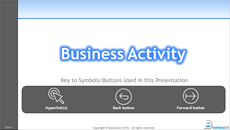 |
| 2 | 1 | 1 | 1.2 | Business Purpose | 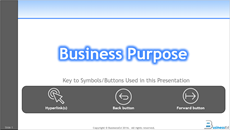 |
| 3 | 1 | 1 | 1.3a | Legal Structure | 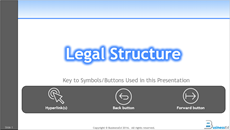 |
| 4 | 1 | 1 | 1.3b | Sole Traders | 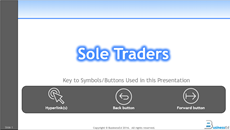 |
| 5 | 1 | 1 | 1.3c | Unincorporated Associations | 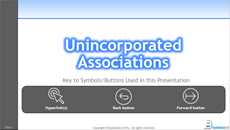 |
| 6 | 1 | 1 | 1.3d | Partnerships | 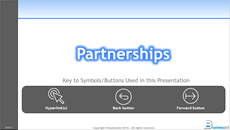 |
| 7 | 1 | 1 | 1.3e | Limited Companies | 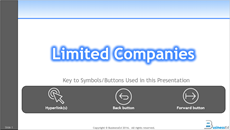 |
| 8 | 1 | 1 | 1.3f | Private Limited Companies (LTDs) | 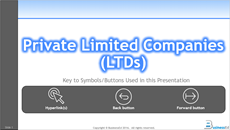 |
| 9 | 1 | 1 | 1.3g | Public Limited Companies (PLCs) | 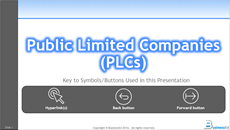 |
| 10 | 1 | 1 | 1.3h | State Owned Businesses | 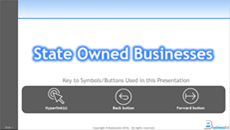 |
| Learning Outcome | Teaching Content | Presentation Name |
Unit 2: Working in Business Theory Notes
The table can be sorted by clicking on the column headings, or you can use the filters provided.
| ID | Unit | Learning Outcome | Teaching Content | Presentation Name | Screenshot |
|---|---|---|---|---|---|
| 64 | 2 | 1 | 1.1 | Authority Protocols | 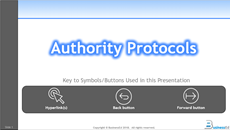 |
| 65 | 2 | 1 | 1.2 | Confidentiality Protocols | 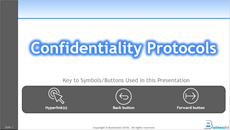 |
| 66 | 2 | 1 | 1.3 | The Constraints on Document Content |  |
| 67 | 2 | 1 | 1.4 | Checking Protocols | 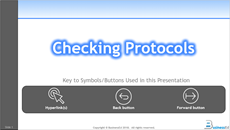 |
| 68 | 2 | 1 | 1.5 | IT Security Protocols |  |
| 69 | 2 | 1 | 1.6 | Employment Protocols | 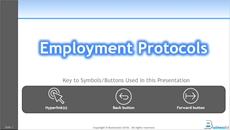 |
| 70 | 2 | 2 | 2.1 | The Factors That Influence Meeting Arrangements |  |
| 71 | 2 | 2 | 2.2 | The Factors That Influence Business Travel Arrangements |  |
| 72 | 2 | 2 | 2.3 | The Factors That Influence Business Accommodation Arrangements |  |
| 73 | 2 | 3 | 3.1 | Completing and Using Business Documents | 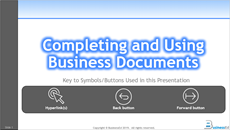 |
| Learning Outcome | Teaching Content | Presentation Name |
Unit 3: Business Decisions Theory Notes
The table can be sorted by clicking on the column headings, or you can use the filters provided.
| ID | Unit | Learning Outcome | Teaching Content | Presentation Name | Screenshot |
|---|---|---|---|---|---|
| 86 | 3 | 1 | 1.1 | Different Types of Business Decisions | 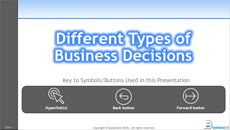 |
| 87 | 3 | 1 | 1.2 | Different Criteria Used When Making Business Decisions | 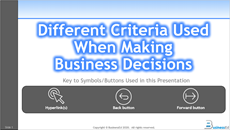 |
| 88 | 3 | 1 | 1.3 | The Use of Different Types of Information When Making Business Decisions | 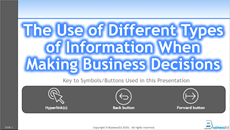 |
| 89 | 3 | 1 | 1.4 | How to Judge the Validity of Information Used When Making Decisions |  |
| 90 | 3 | 1 | 1.5 | The Purposes, Benefits and Importance of Communication |  |
| 91 | 3 | 1 | 1.6 | Factors Affecting the Quality of Decision-Making |  |
| 92 | 3 | 2 | 2.1 | How to Use Profitability Data | 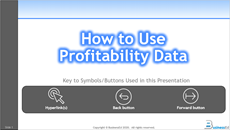 |
| 93 | 3 | 2 | 2.2 | How to Use Break-even Analysis | 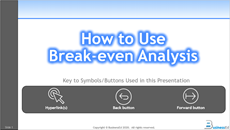 |
| 94 | 3 | 2 | 2.3 | How to Use Contribution Data | 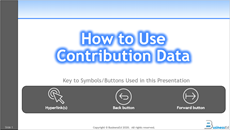 |
| 95 | 3 | 2 | 2.4 | How to Use Cash Flow Data |  |
| Learning Outcome | Teaching Content | Presentation Name |
Unit 4: Customers and Communication Theory Notes
The table can be sorted by clicking on the column headings, or you can use the filters provided.
| ID | Unit | Learning Outcome | Teaching Content | Presentation Name | Screenshot |
|---|---|---|---|---|---|
| 112 | 4 | 1 | 1.1 | The Different Types of Customer | 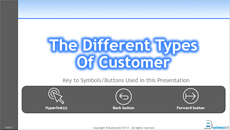 |
| 113 | 4 | 1 | 1.2 | What Influences Customer Behaviour | 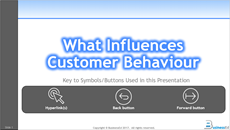 |
| 114 | 4 | 1 | 1.3 | Managing the Customer Experience | 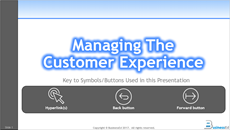 |
| 115 | 4 | 1 | 1.4 | Why Customer Service is Important | 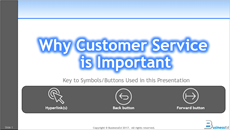 |
| 116 | 4 | 2 | 2.1 | Audience Requirements When Communicating |  |
| 117 | 4 | 2 | 2.2 | The Purposes of Business Communication | 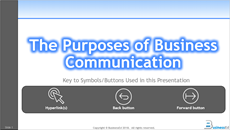 |
| 118 | 4 | 2 | 2.3 | The Advantages and Disadvantages of Various Forms of Communication |  |
| 119 | 4 | 2 | 2.4 | Appropriate Business Formats and Styles for Written Communication | 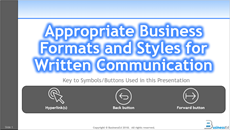 |
| 120 | 4 | 2 | 2.5 | The Importance of Corporate Standards | 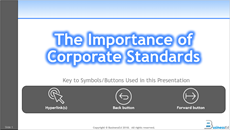 |
| 121 | 4 | 2 | 2.6 | Managing a Corporate Profile Through Media Activity |  |
| Learning Outcome | Teaching Content | Presentation Name |
OCR's Level 3 Cambridge Technical in Business Theory Notes
The table can be sorted by clicking on the column headings, or you can use the filters provided.
| ID | Unit | Learning Outcome | Teaching Content | Presentation Name | Screenshot |
|---|---|---|---|---|---|
| 1 | 1 | 1 | 1.1 | Business Activity |  |
| 2 | 1 | 1 | 1.2 | Business Purpose |  |
| 3 | 1 | 1 | 1.3a | Legal Structure |  |
| 4 | 1 | 1 | 1.3b | Sole Traders |  |
| 5 | 1 | 1 | 1.3c | Unincorporated Associations |  |
| 6 | 1 | 1 | 1.3d | Partnerships |  |
| 7 | 1 | 1 | 1.3e | Limited Companies |  |
| 8 | 1 | 1 | 1.3f | Private Limited Companies (LTDs) |  |
| 9 | 1 | 1 | 1.3g | Public Limited Companies (PLCs) |  |
| 10 | 1 | 1 | 1.3h | State Owned Businesses |  |
| Unit | Learning Outcome | Teaching Content | Presentation Name |
